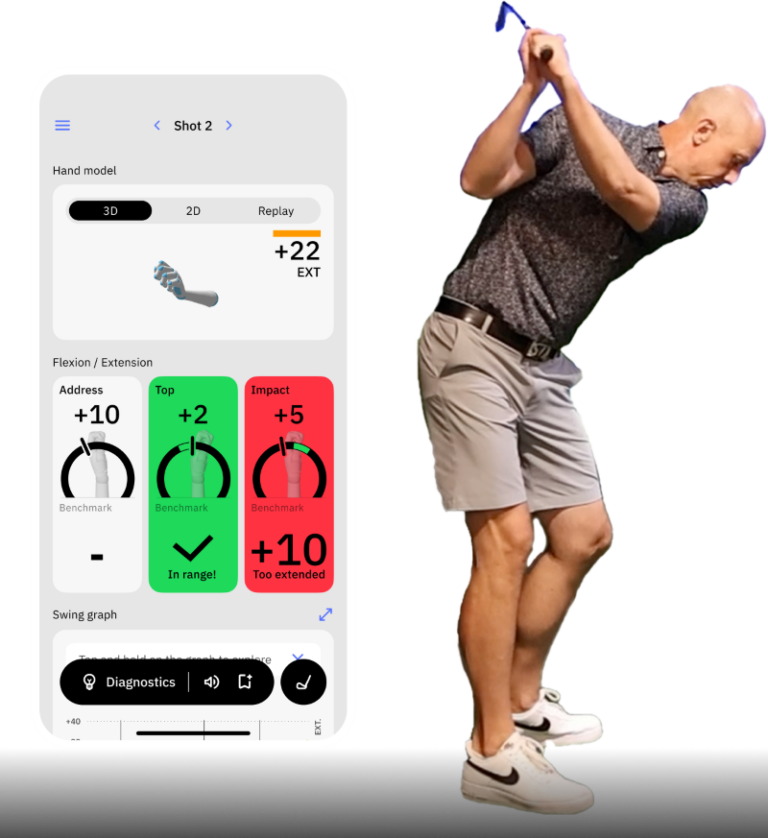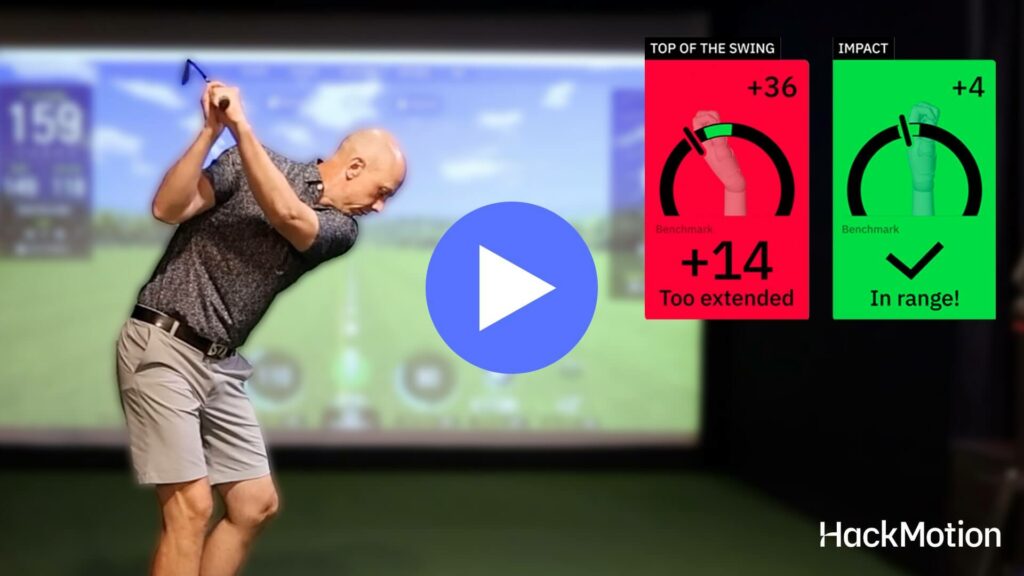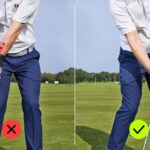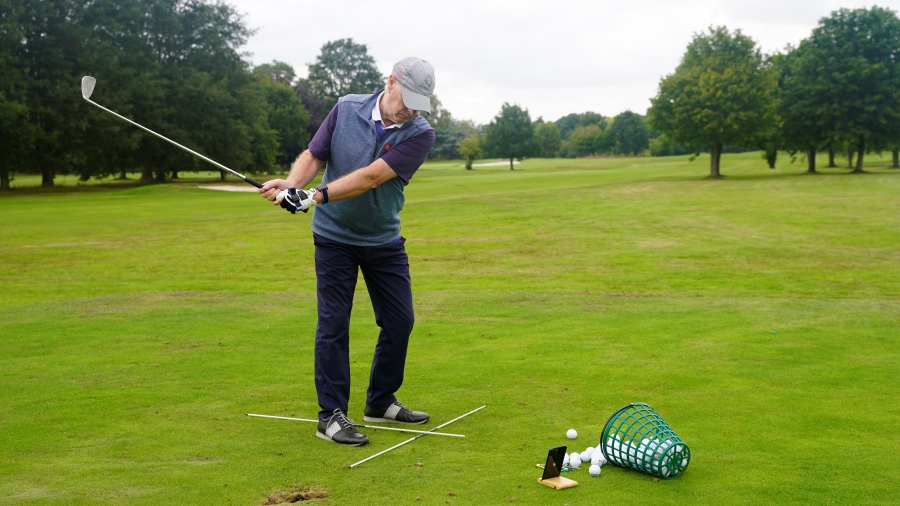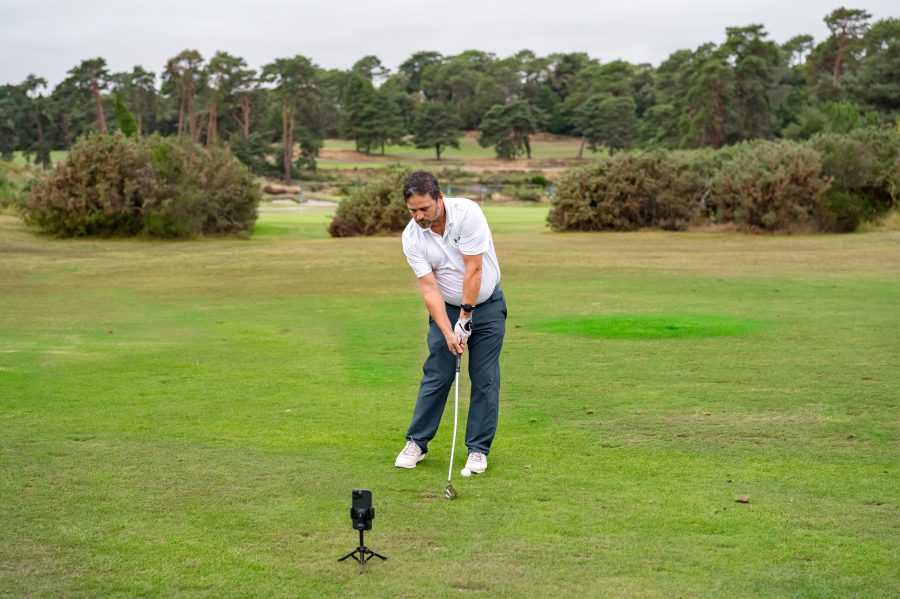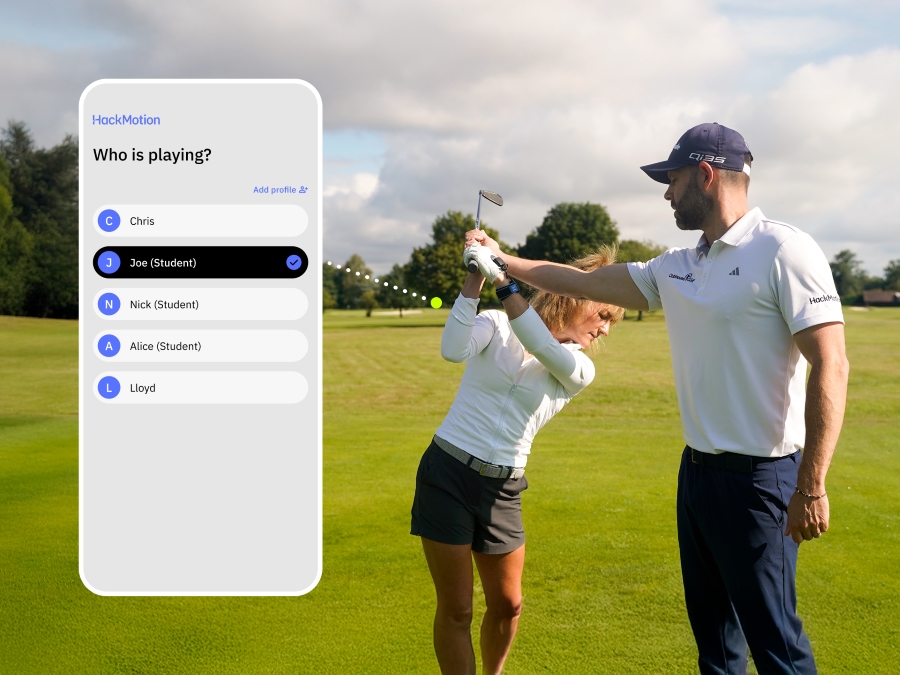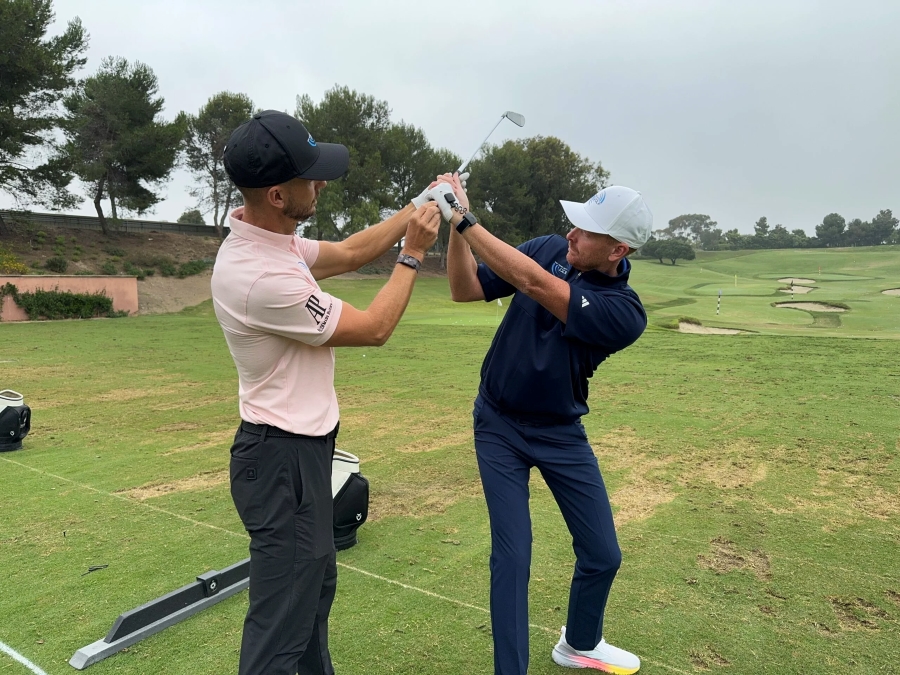How Much Do Golf Lessons Cost in 2025? Average Prices, Packages & What to Expect
Many golfers remember their first lesson as a turning point, the moment they finally received real answers about their swing instead of guessing at fixes. A good instructor can quickly identify what’s holding you back and guide you toward a more consistent, confident swing.
If you’re considering taking a lesson in 2025, it helps to know what you’re paying for, what affects pricing, and how to make the most of every session.
Here’s a complete breakdown of golf lesson costs and how to turn that investment into lasting improvement.
Golf Lesson Pricing 2025 (Key Takeaways)
Here are the most important things to know about how much golf lessons cost in 2025:
- Most private golf lessons cost $50–$150 per hour, with elite coaches charging $300+.
- Group lessons are more affordable ($25–$75 per person), while multi-day golf schools can reach $5,000+.
- Pricing varies by coach experience, technology, and facility quality.
- A good lesson includes an evaluation, focused changes, guided drills, and a clear practice plan.
- For steady progress, plan on one or two lessons per month, more for beginners, fewer for maintenance.
- Long-term improvement depends on practice, follow-up, and feedback tools like HackMotion.
Contents
Average Golf Lesson Costs in 2025
Golf lesson pricing hasn’t changed much in the last few years, but there’s now a bigger gap between entry-level and premium instruction.
In most U.S. markets, private lessons range from $50 to $150 per hour. Assistant pros or newer instructors often charge on the lower end, while more experienced coaches in larger cities or resort destinations typically charge between $125 and $200 per hour.
Elite, Top-100, or tour-level coaches can easily reach $300 to $500 per hour.
Group instruction and clinics are far more affordable, usually between $25 and $75 per person per hour, depending on group size and facility.
If you’re signing up for a golf school or multi-day camp, expect to spend anywhere from $500 to $5,000+, especially if lodging, meals, and on-course coaching are included. In short, most golfers can expect to spend about $100 for a quality one-hour private lesson.
| Instructor Level | Lesson Length | Typical Price Range | What You’re Paying For |
|---|---|---|---|
| Assistant / Entry-Level | 30–60 min | $30–$80 | Foundational guidance, limited tech, newer instructor |
| Mid-Level PGA Professional | 60 min | $80–$150 | Solid instruction may include video or data feedback |
| Top / Resort or Tour Coach | 60 min | $150–$300+ | Advanced data systems, reputation, and limited availability |
| Group or Clinic | 60 min (per person) | $25–$75 | Shared instruction, lower cost, less individual focus |
| Multi-Day Golf School | 2–3 days | $500–$5,000+ | Immersive training, multiple coaches, on-course sessions |
Why the Price Can Vary So Much
The wide range in golf lesson pricing often confuses golfers, but it really comes down to a few key factors.
Understanding what drives those differences can help you decide where to spend and where to save when booking instruction.
Instructor Experience and Credentials
A golf coach’s background plays one of the biggest roles in determining price. A seasoned PGA Professional or instructor with years of teaching experience brings more data, proven methods, and student results to the lesson tee.
That level of expertise commands a higher rate, but it often translates to faster progress and fewer wasted sessions. The only trouble with some of these professionals is that their schedule can be difficult to find room.
Location and Facility
Golf hotspots such as South Florida, Scottsdale, and Southern California tend to have higher rates because of demand and facility quality. Lessons at private or resort-style clubs also cost more than those at municipal ranges or public practice centers.
Technology and Data Systems
This is a relatively new change and one that continues to matter more and more.
Modern instruction often includes technology like TrackMan, GCQuad, HackMotion inclusion, or 3D motion capture. These systems give golfers detailed insight into swing mechanics but also come with investment costs for the instructor.
Lessons that use launch monitor data, slow-motion video, and digital feedback typically cost $25–$50 more per hour. You’ll pay for what you get here and have a lot more to work with.
Type of Lesson and Add-Ons
On-course playing lessons, specialty short-game sessions, and full performance evaluations usually carry a higher price tag than standard driving range instruction.
Many coaches also offer discounts for multi-lesson packages or off-season sessions, while some facilities charge separately for range balls or video storage. It’s always worth confirming what’s included before booking.
What a Quality Golf Lesson Should Include
A great golf lesson is structured.
It should start with an evaluation of your swing and tendencies, often recorded on video or through a launch monitor. From there, your instructor will identify one or two priority changes, demonstrate them, and give you drills to practice the feel.
Expect some rough shots during this process and even after the lesson as you work towards improvement. Real change rarely feels natural right away.
The key is that your instructor gives you clear checkpoints and cues to measure progress.
A good session ends with a recap and practice plan, whether that’s written notes, a short video summary, or drills to work on between lessons.
If you leave the range unsure of your next steps, you didn’t get full value for your money.
Quick Recap: What Makes a Great Lesson
- Starts with a swing evaluation and clear baseline
- Focuses on one or two key changes, not a full rebuild
- Includes guided drills to help you feel the change
- Provides clear checkpoints for progress
- Ends with a written or recorded recap and practice plan
Why One Lesson Isn’t Enough
One lesson is great but if you talk to any experienced golfer they will tell you it’s not enough. Golfers who make steady progress usually have a rhythm and some consistency to their coaching.
For many golfers, one or two lessons per month is the sweet spot. It keeps your swing on track while giving you time to apply what you’ve learned.
Golfers in the middle of a major swing change or just starting the game may need from more frequent lessons, while experienced players can shift to periodic “check-ups” once their swing feels stable.
Recommended Lesson Frequency by Golfer Type
| Golfer Type | Suggested Frequency | Focus of Lessons |
|---|---|---|
| Beginner / New to Golf | 1–2 lessons per week for 4–6 weeks | Fundamentals, grip, setup, and contact |
| Developing Player (Breaking 100–90) | 2 lessons per month | Swing mechanics, ball flight control, short game |
| Intermediate / Mid-Handicap | 1–2 lessons per month | Refining consistency, distance control, course management |
| In the Middle of a Swing Change | Weekly or bi-weekly until motion stabilizes | Focused work on new move, sequencing, and feels |
| Experienced Golfer / “Maintenance Mode” | Once every 2–3 months | Tune-ups, checking alignment, small refinements |
Estimating the Total Investment
Every golfer learns at a different pace, but lesson frequency and long-term goals have a big impact on total cost. Here’s a realistic look at what improvement might require over time:
- Learn fundamentals / break 100
- Plan: 6–10 lessons over 3–4 months
- Estimated Cost: $600–$1,500
- Best for: New golfers focused on developing consistent contact, setup, and grip fundamentals.
- Break into the 80s or 70s
- Plan: 10–20 lessons over 6–12 months
- Estimated Cost: $1,000–$3,000+
- Best for: Intermediate players refining mechanics, distance control, and shot shaping.
- Reach single-digit handicap or scratch
- Plan: 20+ lessons with regular check-ins
- Estimated Cost: $3,000–$10,000+
- Best for: Competitive or low-handicap golfers maintaining form and working on advanced scoring areas.
These estimates assume mid-level instructors and a mix of individual sessions and package pricing. You can spend less, or much more, depending on your coach, facility, and use of technology.
Making Lessons Worth the Money
Golf lessons are absolutely worth it when approached the right way. However, even with the best coach in the game if you don’t do your part to follow through, practice and work on changes you won’t see much progress.
Plan your practice time, commit to your drills, and track your feedback between sessions.
If you’re serious about improving, consider combining professional coaching with real-time feedback technology. HackMotion allows you to measure wrist angles, clubface control, and impact conditions exactly as your coach describes them.
To find a data-driven coach near you, explore the HackMotion Golf Coaches Directory. It’s a growing list of certified instructors who understand how to blend classic teaching with modern feedback tools to help you improve faster.
